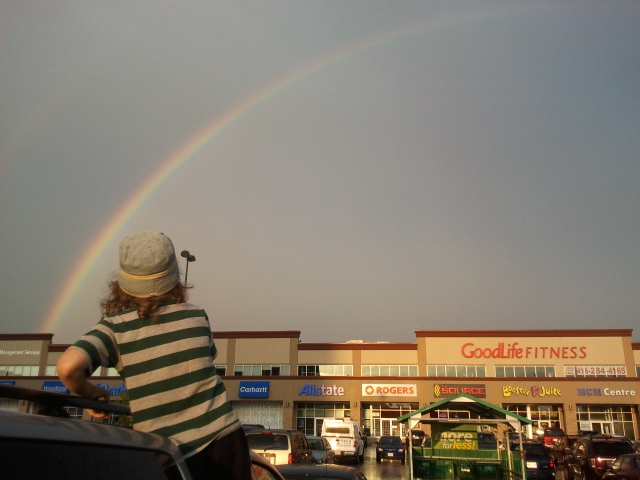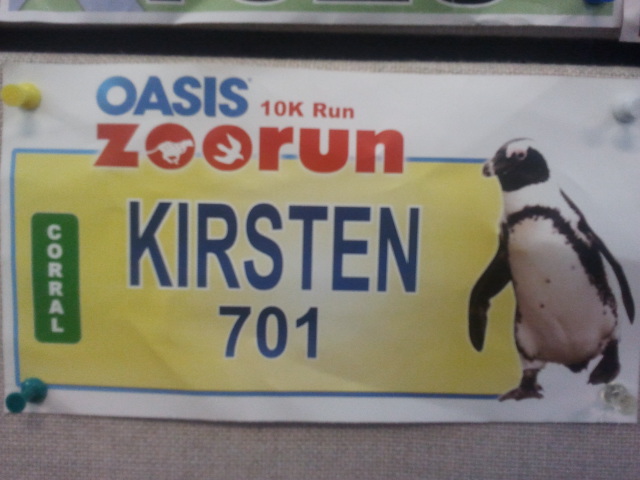If you want an autism parent to break out in an instant sweat, just mention the initials IEP. The Individual Education Plan, which is theoretically in place to help children with autism and their families, can instead be one of the biggest sources of frustration. The IEP process, during which the child’s educational goals for the upcoming year are formulated, is about as much fun as a root canal. It is also just as essential. Without an IEP, our special needs kids would be eaten alive by a school system designed to teach “typical” kids who can do “typical” things.
Putting together an effective IEP requires collaboration between the parents and the school, and differing viewpoints can lead to difficulty. The school views the child as one of a number of students requiring IEP’s. They want to get the job done as quickly and efficiently as they can: the less interaction they have to have with parents, the better. From my experience, teachers like to draw up the IEP, send it home for parental signatures, and be done with it. Parents, of course, view their child as a unique individual. They want their child’s IEP to be given care and consideration. They don’t want a cookie-cutter IEP; they want a plan that reflects their child’s needs. After all, the “I” in IEP stands for “Individual”.
It doesn’t have to this frustrating. There are things parents can do to derive real value from the IEP process. Today I want to share with you some tips that I have learned over the years, both from my own experiences, and from other people who have been through the IEP wringer. If you have tips of your own, please feel free to add them in the comments section.
1. Parents, educate yourselves. Find out the special ed laws in your area. Make sure you know what you as a parent are entitled to request on behalf of your child. Do research on the IEP process. If possible, try to get your hands on the IEP form if you haven’t already seen it. If you know what information the form calls for, you can be better prepared.
2. This is not a battle – or at least, it shouldn’t be. No matter how frustrated you are, avoid approaching your child’s teacher in a confrontational manner. You are not on opposite sides of the table. You are members of the same team, working together for the benefit of your child. If you adopt a collaborative attitude, chances are that the teacher will do the same. At the end of the day, your child will derive a lot more benefit from a cohesive team than from a roomful of bickering people.
3. There is another reason to play nice with your child’s teacher. The special ed community is fairly contained. There is a good possibility that the professional you are dealing with today will crop up in some other role in the special ed world at some point in the future. I’m not suggesting that you give in to what the teacher wants. I’m just saying, be nice. Treat all of the professionals you encounter with respect. Yelling at an uncooperative teacher may get you some short-term results, but it will also burn a bridge that you may need further down the line.
4. Be realistic. Your child’s goals should be formulated with reference to where they are today. A child who has not yet learned how to count to twenty is probably not going to be able to add triple-digit numbers.
5. Instead of requesting goals in absolute terms (“I want my child to be reading by the end of the year”), phrase them as an ongoing process (“The ability to read one- and two-syllable words, with a view to reading simple story-books.”)
6. Remember that kids don’t necessarily do the same things at school that they do at home. My son’s teacher, who is with him for the third year in a row, sent home an IEP draft that included the goal for him to rote-count to 100. I was initially perplexed, because he’s been counting to 100 since he was four, but it came out that this is not a skill he has demonstrated at school. Conversely, he has shown more promise in interactive play at school than he does at home.
7. Don’t be shy about writing comments on your child’s IEP. The IEP form does not allow a lot of space for comments – feel free to break out a separate sheet of paper, write your comments on that, and staple it to the form.
8. As a parent, you have the option to meet with the teacher, or to just add your comments to the IEP and sign it. I strongly recommend that you meet with the teacher. Even if it’s the same teacher for the second or third year, the goals will have evolved, and it can be very difficult to keep things in context without a face-to-face meeting.
9. If the IEP does not include a goal that you feel should be there, be persistent. You may need to compromise on the wording of the goal, but make sure it gets written into the IEP in some form.
10. Remember that the IEP is not cast in concrete. We don’t have crystal balls, and we cannot always say that the plan we come up with in October will still be valid in, say, February. If a strategy or goal that was written into the IEP is not working, talk to your child’s teacher about modifying it.












